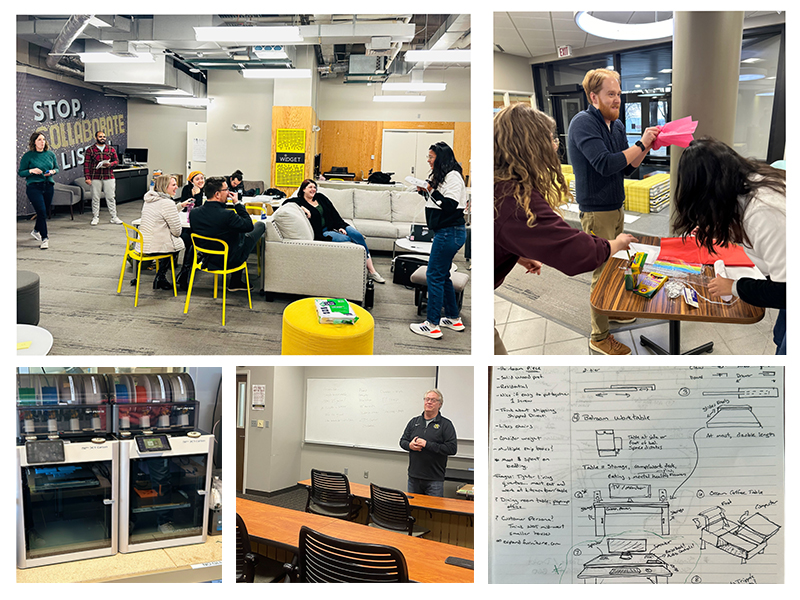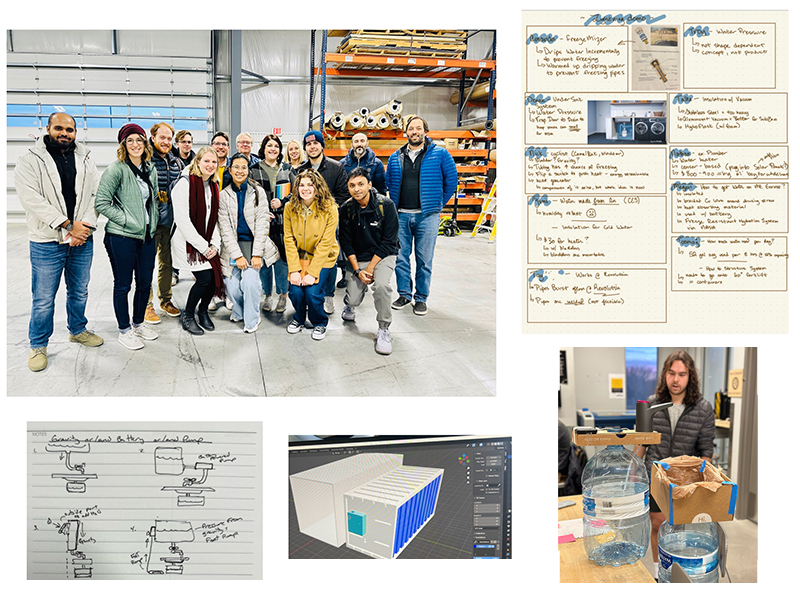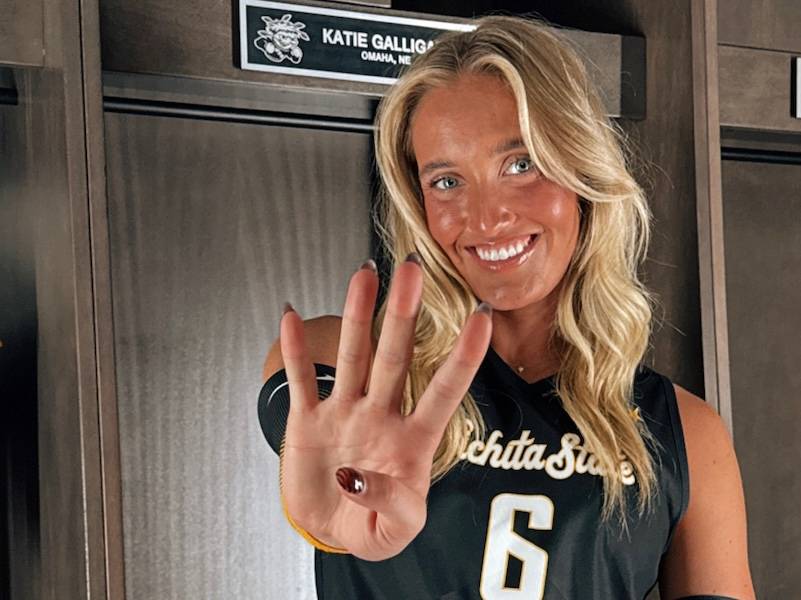The ID-752 Product Prototyping course this year has been a game-changer, offering us invaluable insights into real-world challenges and providing opportunities to apply our knowledge from other courses like Agile principles and Design thinking as well. Each project spanned a sprint of four weeks, during which we delved deep into critical thinking, problem-solving and innovation.

Clinic in a Can:
In our debut project with Clinic in a Can, we dove headfirst into the challenge of
creating a Sub-zero water system that can help these mobile clinics withstand any
kind of harsh weather situation. Kicking things off with an eye-opening visit to Clinic
in a Can with our professor Mr Doug Stucky, we soaked up insights during expert interviews,
laying the groundwork for what was to come.
Our brainstorming sessions were electric, with sketches flying and ideas bouncing
off the walls. Guided by our top notch facilitators Maggie Koops and Jared, we navigated
the twists and turns of ideation, refining our concepts with each iteration. It was
a real melting pot of creativity, with everyone bringing their unique spin to the
table.
As our ideas began to come together, we found ourselves amazed by the variety of solutions
we had come up with. From flexible water containers to clever gravity-based piping
systems, the possibilities seemed endless. We even explored the potential of utilizing
cutting-edge insulation materials to enhance the system's efficiency in sub-zero conditions.
When it came time to present our innovations, the experts at Clinic in a Can were
blown away by our ingenuity. We showcased not only our finalized concepts but also
detailed simulations, 3D printed models and prototypes, demonstrating the feasibility
and effectiveness of our proposed solutions.
As we wrapped up the project, there was this undeniable feeling of confidence and
achievement that swept over us. We'd faced our fair share of challenges and uncertainties,
but we came out the other side feeling stronger than ever. From those hesitant first
steps to confidently pushing forward, our journey showed just how powerful teamwork
and thinking outside the box can be.
Blake Clotia:
Our second project, in collaboration with furniture organization Blake Clotia, posed
an intriguing challenge: The HMW (How might we) statement for this project was HMW
design furniture that can fit multiple spaces and environments to reduce the number
of shapes and
sizes necessary to serve all customers?
Unlike our previous endeavor, this project offered a blank canvas, devoid of constraints,
allowing for the exploration of user-centric, heirloom-quality furniture with futuristic
designs. Naaman Ritchie, our expert and Jess Madison from Blake Clotia, enlightened
us on their mission to create furniture that's both user-centric and forward-thinking
in design. In addition, the experts suggested minimizing assembly requirements for
users, ensuring ease of shipping and assembly.
Under the expert guidance of our instructor, Mr. Doug Stucky, we embarked on navigating
the complexities of the problem statement. Using our Assumptions and Questions grid
from Design Thinking, we gained a solid foothold in approaching this multifaceted
project with confidence.
As the weeks progressed, through countless iterations, sketches, and invaluable user
feedback, a number of solutions began to emerge. From revamped bedside tables to groundbreaking
multifunctional furniture systems, and even innovations tailored to specific user
personas, each student brought their expertise and inspiration to the table.
During the final presentation, the experts from Blake Clotia were astounded by the
breadth and uniqueness of our ideas, offering valuable feedback to our models. This
project proved to be a transformative learning experience, challenging us to step
out of our comfort zones and create something of value, despite our initial lack of
expertise in the field.

WAVE ICT:
Our third project was a complete departure from the previous two, focusing on revolutionizing
the concert experience at the WAVE ICT venue using AI. Initially, we were all taken
aback by the enormity of the challenge – the potential to completely transform someone's
live concert experience with just one groundbreaking idea was both thrilling and daunting.
Since we were living in the midst of an AI revolution, where traditional work patterns
are being rediscovered and reshaped, the excitement about this project among our classmates
was solid. As a team, we immersed ourselves in researching the latest advancements
in AI and how they could be applied to enhance our city's WAVE ICT’s concert scene.
Having Dylan from Koch Industries with us in every class was a real game-changer.
His insights into Koch Industries' innovative use of AI in tech industries sparked
our creativity and fueled our ambition to push our boundaries. Over the course of
three weeks, we delved deep into this exciting sector, refining, story-boarding and
iterating on our ideas after each class.
By the end of the sprint, the breadth and depth of ideas we had generated were truly
remarkable. From interactive music kiosks to community-building platforms with live
crowd interaction, and even reimagining event photography to create a more immersive
experience – the possibilities seemed endless. Jessie Hartke from WAVE ICT was really
impressed with our diverse and innovative ideas.
Describing the impact of this course is no easy feat; it's something that must be experienced firsthand. Each project feels like unlocking a new level in a game – which is more challenging and unique by itself. And with the support of our professor, Doug Stucky’s guidance and expertise, we've learned not just what to think, but also how to think – which is what makes this course a favorite for everyone involved.





